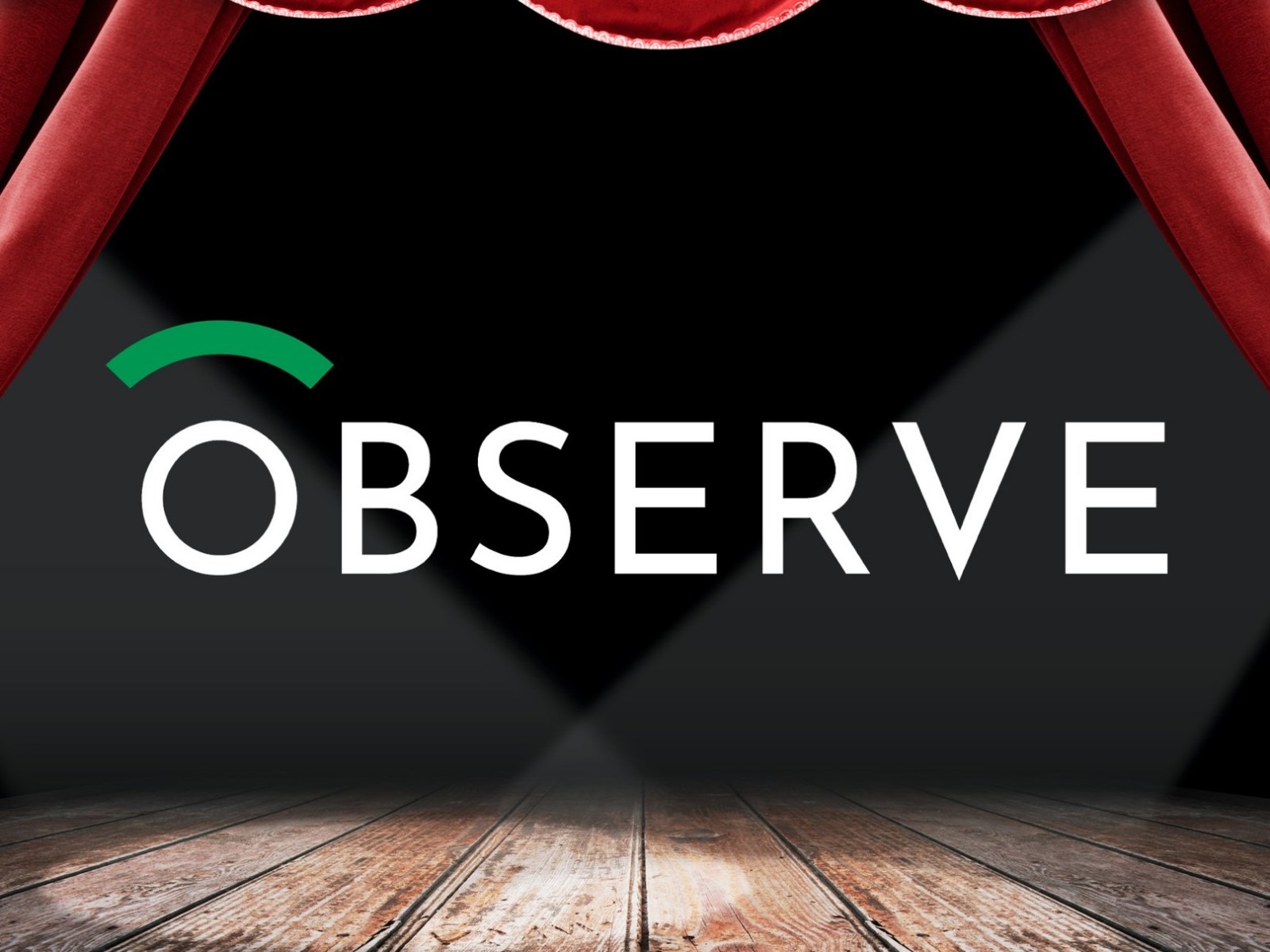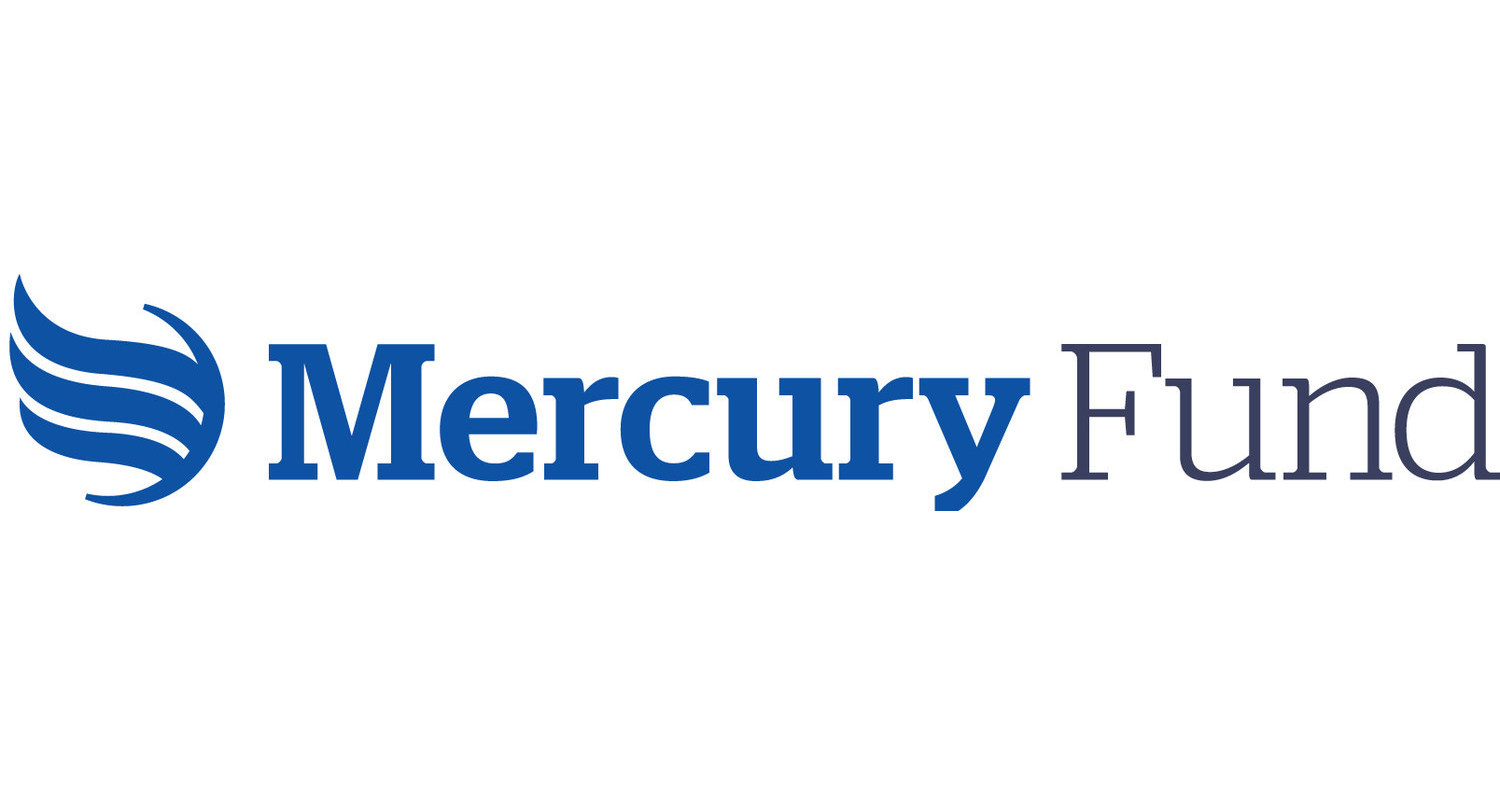Introduction
Snowflake is a true Software-as-a-Service (SaaS) solution that offers numerous benefits and advantages over traditional on-premise data management systems. As the demand for data analysis and storage continues to rise, organizations are increasingly turning to cloud-based solutions like Snowflake to address their ever-growing data needs.
Unlike legacy systems, Snowflake operates entirely in the cloud, eliminating the need for costly infrastructure and maintenance. It offers a range of features and attributes that make it a top choice for businesses of all sizes, from startups to enterprise-level organizations.
In this article, we will explore the key attributes that make Snowflake a true SaaS solution. We will delve into its scalability, multi-tenancy, automatic updates, easy integration, pay-as-you-go pricing, security and privacy, flexibility and customization, high availability and disaster recovery, global reach and accessibility, as well as simplified management and administration.
Understanding these attributes will help organizations recognize the value and benefits Snowflake brings to their data management strategies. So let’s dive in and explore what makes Snowflake stand out as a true SaaS solution.
Scalability
One of the key attributes that sets Snowflake apart as a true SaaS solution is its scalability. With traditional on-premise data management systems, organizations often face limitations when it comes to scaling their infrastructure. They have to invest in additional hardware and resources to accommodate growing data volumes, which can be costly and time-consuming.
However, with Snowflake, scalability is built-in. It runs on a cloud-native architecture that enables organizations to easily and seamlessly scale their data storage and processing capabilities. Whether you need to handle a few terabytes or petabytes of data, Snowflake can handle the load without any restrictions.
This scalability allows businesses to grow and adapt without worrying about capacity constraints. As data volumes increase, Snowflake can scale up or down to meet the demand, ensuring that performance remains consistent. With the ability to handle massive amounts of data, organizations can focus on analyzing and deriving valuable insights rather than being limited by infrastructure limitations.
Additionally, Snowflake’s elastic scaling feature allows organizations to dynamically allocate resources based on workload demands. This means that during peak usage periods, additional computational resources can be effortlessly added, ensuring optimal performance. Conversely, during periods of lower demand, resources can be scaled back to save costs.
Furthermore, Snowflake’s architecture separates storage and compute, allowing organizations to independently scale each component as needed. This flexibility provides a cost-effective solution, as you only pay for the resources you require at any given time.
In summary, Snowflake’s scalability is a crucial attribute that allows organizations to handle data growth without the constraints of traditional infrastructure. With its ability to scale up or down based on demand, businesses can focus on unlocking the full potential of their data without worrying about limitations.
Multi-tenancy
Snowflake’s multi-tenancy architecture is another key attribute that makes it a true SaaS solution. Multi-tenancy refers to the ability of a system to serve multiple tenants or customers from a single instance of the software. In the context of Snowflake, this means that multiple organizations can share the same underlying infrastructure while maintaining strict data isolation.
With traditional on-premise systems, each organization would need to set up and manage its own infrastructure, leading to duplicated hardware costs and maintenance efforts. In contrast, Snowflake’s multi-tenancy model allows organizations to leverage a shared infrastructure, resulting in significant cost savings and operational efficiencies.
Despite sharing the same infrastructure, Snowflake ensures that each organization’s data remains isolated and secure. This is achieved through a combination of strong access controls, encryption, and data segregation mechanisms. Each organization’s data is logically separated and only accessible by authorized users with the appropriate credentials and permissions.
Furthermore, Snowflake’s multi-tenancy model enables efficient resource utilization. The platform automatically allocates resources to different organizations based on their specific workload requirements, ensuring that each tenant receives adequate computing power and storage capacity. This dynamic resource allocation allows for optimal performance and scalability while minimizing underutilization and waste.
In addition to serving multiple organizations, Snowflake also supports multi-region deployments, allowing organizations to have their data replicated across different geographical locations. This helps ensure data availability and disaster recovery capabilities, as well as comply with data sovereignty regulations.
Overall, Snowflake’s multi-tenancy architecture provides organizations with cost-effective scalability, efficient resource utilization, and secure data isolation. By leveraging shared infrastructure and advanced data segregation mechanisms, businesses can focus on their core operations and analysis, knowing that their data is protected and their infrastructure is optimized.
Automatic Updates
Snowflake’s automatic update feature is a valuable attribute that sets it apart as a true SaaS solution. Unlike traditional on-premise data management systems, which often require manual updates and patches, Snowflake handles all updates automatically.
With Snowflake, organizations no longer have to worry about scheduling downtime or managing complex update processes. The platform takes care of everything behind the scenes, seamlessly delivering updates to customers without any disruption to their operations.
Automatic updates ensure that organizations are always using the latest version of Snowflake, benefiting from new features, performance enhancements, and bug fixes. This eliminates the need for costly and time-consuming manual updates, allowing businesses to stay focused on their core activities.
Furthermore, Snowflake’s continuous deployment model ensures that updates are rolled out in a controlled manner. The platform undergoes rigorous testing before updates are pushed to production environments, ensuring the stability and reliability of the system.
In addition to providing regular updates, Snowflake also offers the ability to opt-in for early access to new features and functionalities. This allows organizations to stay at the forefront of innovation, gaining a competitive advantage by leveraging the latest capabilities offered by Snowflake.
Automatic updates also play a crucial role in maintaining data security. Snowflake proactively addresses security vulnerabilities and applies patches as soon as they become available. This ensures that organizations are protected against emerging threats without any delay, providing peace of mind and reducing the risk of data breaches.
By handling updates automatically, Snowflake allows organizations to focus on utilizing data insights to drive business growth, rather than getting caught up in maintenance and update processes. It streamlines operations, improves security, and ensures that users always have access to the most up-to-date features and enhancements.
Easy Integration
Snowflake’s ease of integration is a significant attribute that makes it a true SaaS solution. The platform offers seamless connectivity to a wide range of data sources and applications, making it effortless for organizations to integrate Snowflake into their existing data ecosystem.
Whether organizations are using on-premise databases, cloud storage platforms, or other data sources, Snowflake provides native connectors and standardized interfaces to facilitate smooth data ingestion and integration. This eliminates the need for complex data extraction, transformation, and loading (ETL) processes, simplifying the overall data integration workflow.
Snowflake supports a variety of integration methods, including direct data ingestion through APIs, integration with popular data integration tools, and compatibility with standard SQL interfaces. This flexibility allows organizations to choose the integration approach that best suits their needs and existing infrastructure.
Furthermore, Snowflake’s compatibility with industry-standard SQL makes it easy for organizations to leverage their existing SQL skills and tools. Developers and data analysts can write and execute SQL queries against Snowflake’s data warehouse, enabling them to quickly gain insights and derive value from their data.
In addition to integrating with data sources, Snowflake also offers seamless integration with popular analytics and business intelligence tools. With pre-built connectors and optimized performance, organizations can effortlessly connect Snowflake with tools like Tableau, Power BI, and Looker, empowering users to create insightful visualizations and drive data-driven decision-making.
Moreover, Snowflake’s cloud-native architecture enables it to integrate seamlessly with other cloud services and platforms. Organizations can leverage the power of Snowflake alongside other cloud-based services like AWS S3, Azure Blob Storage, or Google Cloud Storage, without the need for complex data transfer or synchronization processes.
In summary, Snowflake’s easy integration capabilities streamline the process of connecting data sources, applications, and analytics tools. The platform’s native connectors, support for standard SQL, and compatibility with popular tools ensure a smooth and efficient data integration experience, allowing organizations to maximize the value of their data with ease.
Pay-as-you-go Pricing
One of the key advantages of Snowflake as a true SaaS solution is its pay-as-you-go pricing model. Unlike traditional on-premise data management systems that require substantial upfront investments in hardware and software licenses, Snowflake offers a flexible pricing structure based on actual usage.
With pay-as-you-go pricing, organizations only pay for the resources they consume, making it cost-effective and scalable. Whether it’s storage, computing power, or data transfer, organizations have full control over their expenses, paying only for what they need and when they need it.
This model provides significant benefits, especially for organizations with fluctuating or unpredictable data requirements. It eliminates the need to invest in expensive infrastructure that may remain underutilized during non-peak periods. With Snowflake, businesses can scale their resources up or down based on demand, ensuring cost efficiency without compromising performance.
Furthermore, Snowflake’s transparent pricing structure allows organizations to easily understand and manage their costs. The platform provides detailed usage reports and metrics, allowing businesses to monitor and optimize resource utilization to drive cost savings.
Another advantage of Snowflake’s pay-as-you-go pricing is the absence of long-term contracts. Organizations have the flexibility to adapt their usage and scale their resources without any contractual obligations. This provides freedom and agility, allowing businesses to respond quickly to changing data requirements and market conditions.
In addition, Snowflake’s pricing model includes automatic cost optimization features. For example, Snowflake’s query optimization engine intelligently analyzes queries to minimize resource usage and reduce costs. This ensures that organizations are getting the most out of their resources and optimizing their return on investment.
Overall, Snowflake’s pay-as-you-go pricing model offers flexibility, scalability, and cost control to organizations of all sizes. By aligning costs with actual usage and providing transparency in pricing, Snowflake enables organizations to efficiently manage their data management expenses while enjoying the benefits of a robust and scalable SaaS solution.
Security and Privacy
When it comes to data management, security and privacy are of critical importance. Snowflake understands this and has implemented robust security measures, making it a trusted and secure SaaS solution.
Snowflake employs multiple layers of security to protect sensitive data. It uses industry-standard encryption to ensure the confidentiality of data both at rest and in transit. Snowflake encrypts data using strong encryption algorithms, and customers have full control over their encryption keys, providing an additional layer of security.
Access control is another crucial aspect of Snowflake’s security framework. The platform offers granular access controls, allowing organizations to define roles, privileges, and permissions at various levels. This ensures that only authorized individuals can access and manipulate data, reducing the risk of data breaches.
In addition, Snowflake has built-in auditing and monitoring capabilities. It tracks and logs all activities performed within the system, allowing organizations to monitor and investigate any suspicious or unauthorized actions. The auditing features provide a comprehensive record of data access, ensuring transparency and traceability.
Snowflake is compliant with various industry security standards and regulations, such as SOC 2 Type II, HIPAA, and GDPR. This demonstrates its commitment to maintaining the highest security and privacy standards and giving organizations peace of mind when it comes to data protection and compliance.
Moreover, Snowflake’s architecture provides strong data segregation and isolation between different organizations, ensuring that each customer’s data remains separate and secure. This eliminates the risk of data leakage or unauthorized access to data from other tenants.
As part of its security measures, Snowflake also conducts regular security assessments and testing to identify and address any vulnerabilities. It continuously updates its security protocols to stay ahead of emerging threats and provides customers with a secure and reliable environment to store and manage their data.
In terms of privacy, Snowflake is committed to protecting the privacy of customer data. It adheres to strict privacy policies and ensures that customer data is used only for the intended purposes. Snowflake does not share or sell customer data to third parties, maintaining the confidentiality and integrity of the data entrusted to its platform.
Overall, Snowflake’s strong security measures, comprehensive auditing capabilities, and adherence to privacy regulations position it as a trusted and secure SaaS solution for organizations seeking to safeguard their data and ensure data privacy.
Flexibility and Customization
Snowflake offers a high degree of flexibility and customization, making it an ideal choice for organizations with diverse data management needs. The platform provides a range of features and capabilities that can be tailored to meet specific requirements, ensuring that businesses can derive maximum value from their data.
One key aspect of Snowflake’s flexibility is its ability to handle a wide variety of data types. The platform supports structured, semi-structured, and unstructured data, allowing organizations to store and analyze data in its most natural form. Whether it’s traditional relational data, JSON documents, or even geospatial data, Snowflake provides the flexibility to work with diverse data types.
Snowflake’s support for multiple data processing frameworks is another aspect of its flexibility. With Snowflake, organizations can choose the most suitable processing framework for their specific use cases. Whether it’s running complex SQL queries, performing advanced analytics with Python or R, or utilizing machine learning algorithms, Snowflake can seamlessly integrate with different processing tools and frameworks.
Furthermore, Snowflake enables organizations to customize their data models and schemas based on their specific business requirements. With the ability to define tables, views, and schemas, organizations can structure and organize their data in a way that best aligns with their unique needs. This level of customization allows for better organization, efficiency, and ease of use when working with data.
Snowflake also provides flexibility in terms of data sharing and collaboration. Organizations can securely share data and insights with external partners or subsidiaries, enabling cross-organizational collaboration without compromising data privacy or security. This flexibility fosters data-driven decision-making and empowers organizations to leverage the collective knowledge and expertise of their network.
In addition to data flexibility, Snowflake offers customization options for performance optimization. Organizations can fine-tune Snowflake’s performance by adjusting parameters and configurations to optimize query execution, resource allocation, and data loading. This level of customization ensures that Snowflake can deliver the best performance for specific workloads and use cases.
Overall, Snowflake’s flexibility and customization options make it a highly adaptable data management solution. Its support for diverse data types, multiple processing frameworks, customizable data models, and performance tuning capabilities empower organizations to tailor Snowflake to their unique requirements, unlocking the full potential of their data.
High Availability and Disaster Recovery
High availability and disaster recovery are crucial considerations when it comes to data management. Snowflake provides built-in features and capabilities that ensure data availability and robust disaster recovery options, making it a reliable and resilient SaaS solution.
Snowflake’s high availability architecture is designed to eliminate single points of failure and ensure continuous data access. It replicates data across multiple availability zones within a cloud region, providing redundancy and fault tolerance. In the event of a hardware failure or outage, Snowflake automatically fails over to a backup node, minimizing downtime and ensuring uninterrupted access to data.
Additionally, Snowflake offers disaster recovery options to protect data against catastrophic events. Organizations can configure cross-region replication, which replicates data to a different geographical region. This provides a secondary copy of the data that can be activated in the event of a complete region failure, ensuring business continuity and data availability.
Snowflake’s disaster recovery capabilities also extend to point-in-time recovery. Organizations can restore data to a specific point in time, allowing them to recover from data corruption, accidental deletions, or other issues. This granular recovery capability helps organizations maintain data integrity and recover quickly from potential data loss scenarios.
Furthermore, Snowflake’s cloud-native architecture leverages the durability and reliability of cloud storage providers. Data stored in Snowflake is automatically replicated and distributed across multiple physical drives and storage devices, ensuring data durability. This provides an extra layer of protection against data loss due to hardware failures or other storage-related issues.
Snowflake’s high availability and disaster recovery features are complemented by its transparent service-level agreements (SLAs). Snowflake guarantees a high level of uptime and availability, allowing organizations to confidently rely on the platform for their critical data operations. In the event of any service disruptions, Snowflake provides timely notifications and updates to customers, ensuring transparency and effective communication.
In summary, Snowflake’s high availability and disaster recovery capabilities ensure data availability, minimize downtime, and protect against data loss. With its fault-tolerant architecture, data replication options, and point-in-time recovery features, Snowflake provides organizations with the peace of mind they need when it comes to data availability, business continuity, and disaster recovery.
Global Reach and Accessibility
Snowflake’s global reach and accessibility are key attributes that make it a true SaaS solution. The platform is built on cloud infrastructure, allowing organizations to leverage its capabilities from anywhere in the world.
With data centers located across different regions, Snowflake provides global reach, ensuring that organizations can access their data quickly and efficiently, regardless of their geographical location. This global presence also enables data to be stored close to where it is generated, minimizing latency and enhancing performance.
Snowflake’s cloud-native architecture ensures that users can access and work with their data in a secure and reliable manner from any device with an internet connection. Whether it’s desktop computers, laptops, or mobile devices, Snowflake offers a seamless and accessible user experience, allowing users to interact with their data anytime and anywhere.
Furthermore, Snowflake enables organizations to connect and integrate with various data sources and applications across different geographical locations. Whether it’s data sources in different countries or collaboration with global partners, Snowflake’s global reach simplifies data integration and fosters cross-organizational data sharing and collaboration.
Snowflake also supports multi-region deployments, allowing organizations to replicate and distribute their data across different geographic locations. This ensures data availability and disaster recovery capabilities, as well as compliance with local data privacy and sovereignty regulations.
Another advantage of Snowflake’s global reach is its ability to provide scalable resources on demand. With its cloud-based infrastructure, organizations can easily scale their resources up or down based on changing data requirements and workload demands. This agility allows businesses to respond quickly to market changes, seize opportunities, and adapt to evolving business needs.
In addition, Snowflake’s global reach is complemented by its comprehensive data governance and access control features. Organizations can enforce data privacy regulations and ensure that the right individuals have access to the appropriate data, regardless of their location. This provides peace of mind and compliance assurance for organizations operating across different regions.
In summary, Snowflake’s global reach and accessibility enable organizations to leverage its capabilities regardless of their geographical location. With its distributed data centers, multi-region deployments, scalability, and comprehensive data governance, Snowflake empowers organizations to harness the power of their data on a global scale, driving innovation and creating value.
Simplified Management and Administration
Snowflake’s simplified management and administration capabilities are a key attribute that sets it apart as a true SaaS solution. The platform is designed to minimize the complexity and overhead associated with traditional on-premise data management systems, allowing organizations to focus on deriving value from their data rather than managing infrastructure.
With Snowflake, organizations no longer have to worry about hardware procurement, installation, or maintenance. The platform is fully managed and operated by Snowflake, relieving organizations of the burden of managing infrastructure, applying patches, and upgrading software. Snowflake takes care of all operational aspects, ensuring that the platform is always up-to-date and running smoothly.
Furthermore, Snowflake simplifies data management and administration tasks through its intuitive user interface and comprehensive set of management tools. The user-friendly interface makes it easy for administrators and data professionals to perform common tasks such as data loading, query optimization, and user management.
Snowflake’s powerful management tools provide administrators with full visibility and control over their data operations. The platform offers extensive monitoring and logging capabilities, allowing administrators to track resource utilization, query performance, and system health. This visibility enables proactive management, ensuring optimal performance and identifying areas for optimization or improvement.
Another aspect of simplified management is Snowflake’s automatic scaling and resource optimization features. Snowflake automatically allocates resources based on workload demands, ensuring optimal performance and cost efficiency. This eliminates the need for manual resource management and allows organizations to focus on analyzing data rather than fine-tuning infrastructure.
Snowflake also simplifies data sharing and collaboration through its secure and streamlined approach. Organizations can easily share data and insights with internal teams, external partners, or customers, facilitating collaborative decision-making and accelerating time to value. Snowflake’s granular access control features provide administrators with the ability to manage data sharing and permissions, ensuring that data is shared securely and in compliance with privacy regulations.
In summary, Snowflake’s simplified management and administration capabilities free organizations from the burdensome tasks of infrastructure management and provide administrators with powerful tools to oversee and optimize data operations. Through its intuitive user interface, automatic scaling, resource optimization, and robust data sharing features, Snowflake empowers organizations to focus on data analysis and drive business growth.
Conclusion
Snowflake is undeniably a true Software-as-a-Service (SaaS) solution with a multitude of attributes that make it stand out in the realm of data management. Its scalability ensures organizations can handle growing data volumes without constraints. The multi-tenancy feature allows multiple organizations to share infrastructure securely, promoting efficiency and cost savings.
The automatic update feature relieves organizations from the hassle of manual updates and ensures they are always utilizing the latest version of Snowflake. Additionally, Snowflake’s easy integration capabilities provide seamless connectivity to various data sources and applications, freeing up time and resources for meaningful analysis.
The pay-as-you-go pricing model offers cost flexibility and scalability, allowing organizations to optimize resource allocation and minimize wastage. Snowflake’s robust security measures and privacy protocols make it a trusted platform for safeguarding sensitive data.
Furthermore, Snowflake’s flexibility and customization options enable organizations to tailor the platform to their unique data management needs, unlocking the full potential of their data. Its high availability and disaster recovery capabilities ensure data access and business continuity even in the face of unforeseen events.
Snowflake’s global reach and accessibility empower organizations to work with their data from anywhere, leverage global partnerships, and comply with data sovereignty regulations. Finally, its simplified management and administration features relieve organizations from the burden of infrastructure management, allowing them to focus on data analysis and deriving value.
It is evident that Snowflake offers a comprehensive and robust suite of features that address the challenges and complexities of modern data management. Its cloud-native architecture, intelligent capabilities, and user-friendly interface make it a top choice for organizations looking to unlock the true potential of their data in a scalable, secure, and efficient manner.
By harnessing the power of Snowflake, organizations can elevate their data management capabilities, drive informed decision-making, and gain a competitive edge in today’s data-driven landscape.

























